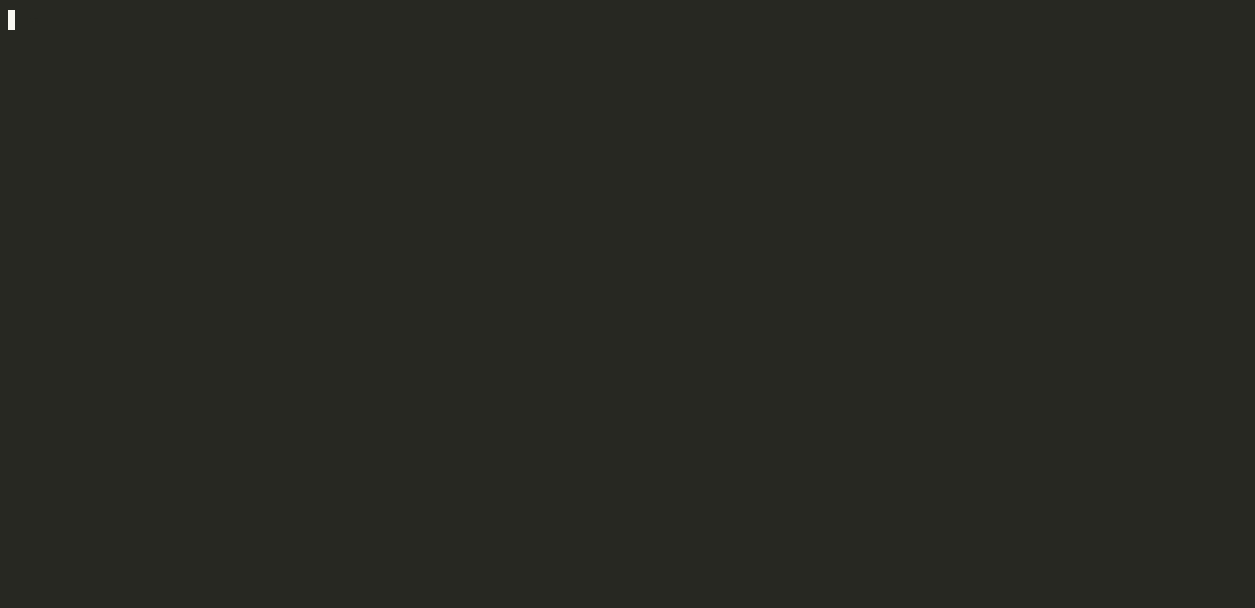|
|
||
|---|---|---|
| src | ||
| .gitignore | ||
| Cargo.lock | ||
| Cargo.toml | ||
| LICENSE | ||
| README.md | ||
| hey-demo.cast | ||
| hey-demo.gif | ||
README.md
hey!
hey is a command line tool to contact DuckDuckGo Chat API from your terminal.
based on this article
demo:

disclaimer
to clarify, as of may 17 2024, using a third party client does not violate the ToS.
by using this client, you acknowledge that you will be liable for any ToS violations as per GPLv3
this project is not intended for API scraping purposes, and actually has a soft protection against it.
installation
if you run linux or macos,
git clone https://git.blek.codes/blek/hey.git
cd hey
cargo b -r
sudo cp target/release/hey /usr/bin/hey,
if you are on windows, idk have fun
via a package manager
arch (AUR) - paru -S hey-duck
note for packagers
to avoid name conflicts, packages should be named hey-duck or its form in a different naming convention.
please submit an issue or a PR if you have packaged this to a distro, or email one of the maintainers.
configuration & cache
there is a config file in ~/.config/hey/conf.toml and a cache file in ~/.cache/hey/cache.json
you can set their paths and filenames via HEY_CONFIG_PATH, HEY_CONFIG_FILENAME and HEY_CACHE_PATH, HEY_CACHE_FILENAME.
config file reference
model = "Claude" # or "GPT3"
tos = false # whether if you agree to ddg chat tos
cache file reference
cache file stores the last VQD used. it is (probably) there so that the ai model would remember your history. read more about duckduckgo chat api
if you want to reset the VQD, just delete the file.